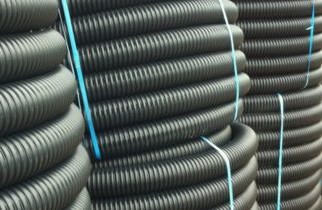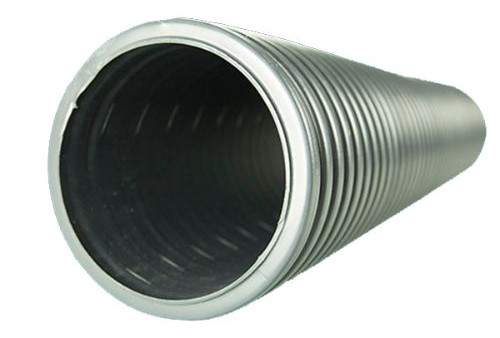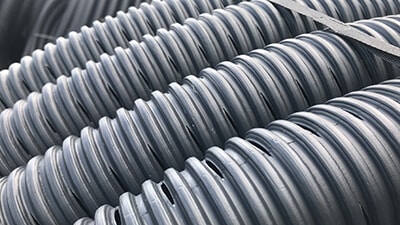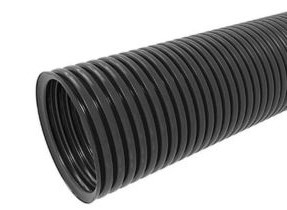How to Choose the Right Land Drain for Your Project
Land drains are essential for preventing waterlogging and flooding on your property. They are designed to collect and redirect excess surface water to a suitable disposal point, such as a soakaway, a storm drain, or a nearby watercourse. But how do you choose the right perforated drainage pipe for your project?
In this blog post, we will explain what land drains are, what the different types of perforated land drain pipes are, and how to select the best one for your needs.
What are Land Drains and Why Do You Need Them?
Land drains are mainly perforated pipes that are buried underground to collect and transport excess water away from the area they are draining. They are typically made from plastic or clay and come in a variety of sizes and perforation patterns. Perforated land drainage pipes are essential for maintaining healthy, productive land and preventing water damage.
Land drains are useful for a variety of applications, such as:
- Improving soil quality and drainage in agricultural fields
- Preventing waterlogging and soggy patches in gardens and lawns
- Reducing the risk of flooding and dampness around buildings and foundations
- Providing drainage for sports fields, golf courses, and playgrounds
Land drains are not suitable for carrying foul water, such as sewage or wastewater from sinks, showers, and toilets. For these purposes, you need to use a different type of pipe that is sealed and non-perforated.
What are the Different Types of Land Drains?
There are two main types of perforated land drain pipes: flexible or corrugated pipes, and rigid or twinwall pipes. Each type has its own advantages and disadvantages, depending on the project and the site conditions.
Flexible Land Drains

Flexible drain pipes, also known as corrugated or perforated drain pipes, are well known for their adaptability and ease of installation. They seamlessly contour to the terrain, making them ideal for navigating around obstacles and intricate layouts. These flexible drainage pipes are typically constructed from durable plastic materials, ensuring long-lasting performance and resistance to corrosion.
Rigid Land Drains

Rigid land drains, marked by their unwavering structure, are often used in situations requiring exceptional strength and stability. Their robust construction makes them well-suited for areas subjected to heavy traffic or potential ground movement.
Choosing the Right Land Drain
Choosing the best perforated land drain pipe depends on several factors, such as the type of soil, the drainage needs of the project, and the amount of waterlogging that is expected.
Types of Perforation in Land Drain Pipes
Another factor to consider when choosing a perforated land drain pipe is the type of perforation. There are two main types of perforation: small round holes or slots, and no holes or slots (also known as unperforated land drains).
Small Round Holes or Slots

Small round holes or slots are the most common type of perforation in land drain pipes. They are designed to collect water from the surrounding soil and allow it to enter the pipe. They are suitable for most applications where the soil is well-drained and free of debris. However, they can also allow fine particles of soil or silt to enter the slotted drain pipe, which can reduce the flow rate and cause blockages over time. To prevent this, it is recommended to wrap the slotted drainage pipe with a geotextile filter fabric or a layer of gravel before burying it.
No Holes or Slots

No holes or slots, or unperforated land drains, are pipes that have no perforations along their length. They are used to distribute water rather than collect it. They are typically connected to a perforated pipe at one end and an outlet at the other end, forming a closed-loop system. They are suitable for applications where the soil is poorly drained or prone to flooding, as they can help to disperse the water to a more suitable location.
However, they can also create back pressure in the system, which can reduce the efficiency and performance of the land drain. To prevent this, it is important to ensure that the outlet is lower than the inlet and that the pipe has a sufficient gradient or slope.
Whether you're a seasoned professional or a DIY enthusiast, selecting the right perforated land drain pipe is a crucial step towards achieving a successful and enduring landscape. Uncover the hidden knowledge of land drainage in our extensive guide and tips section!



